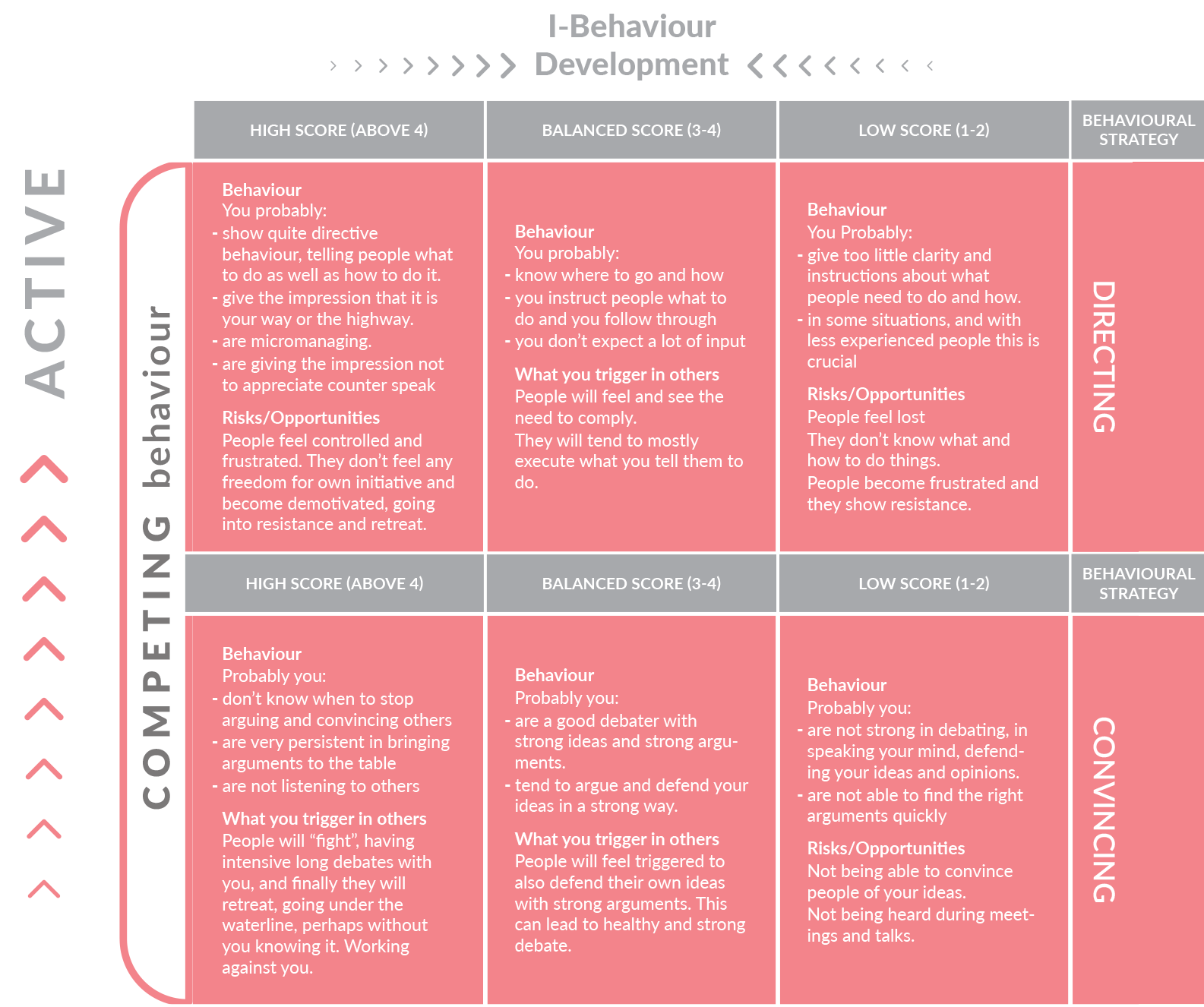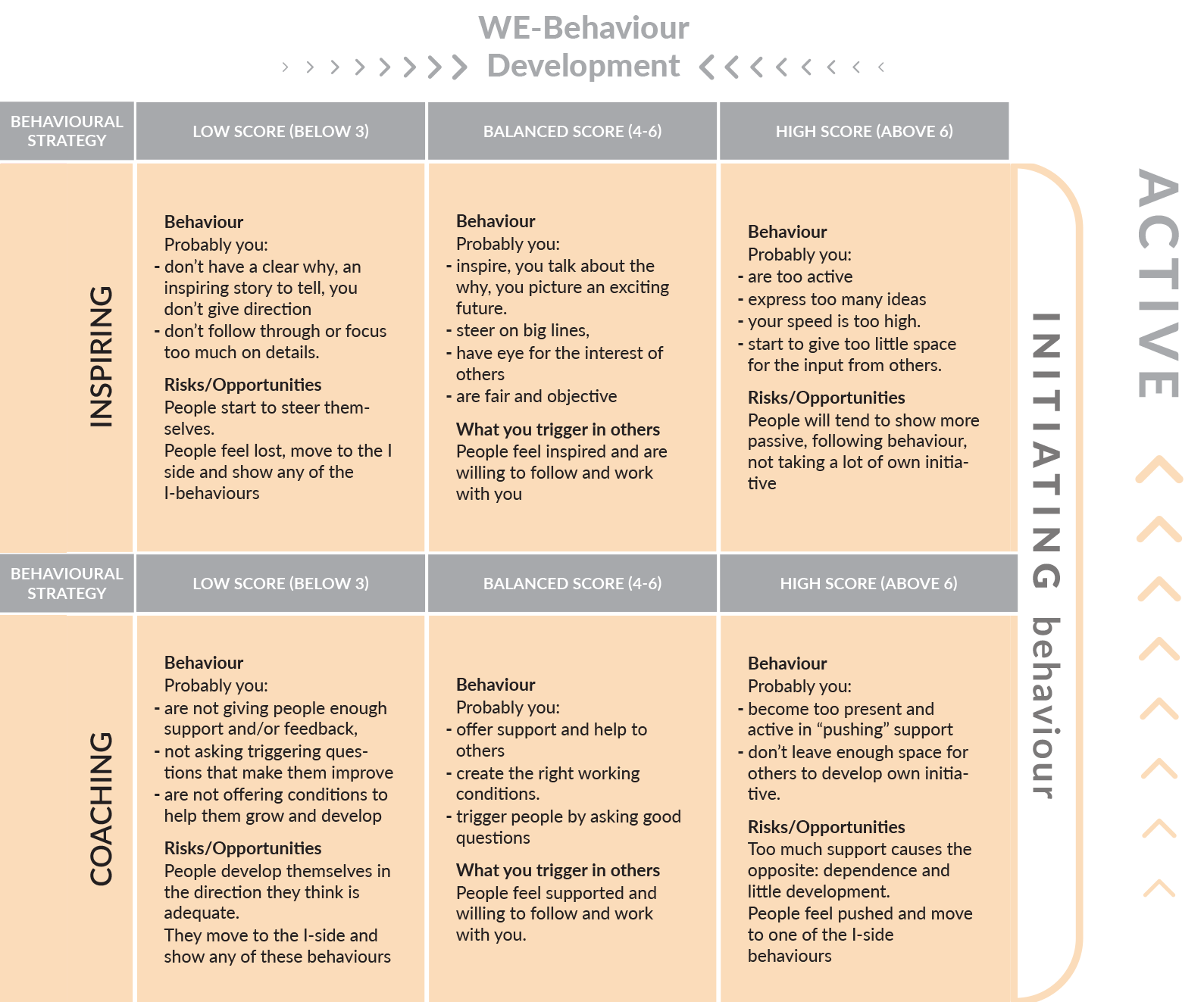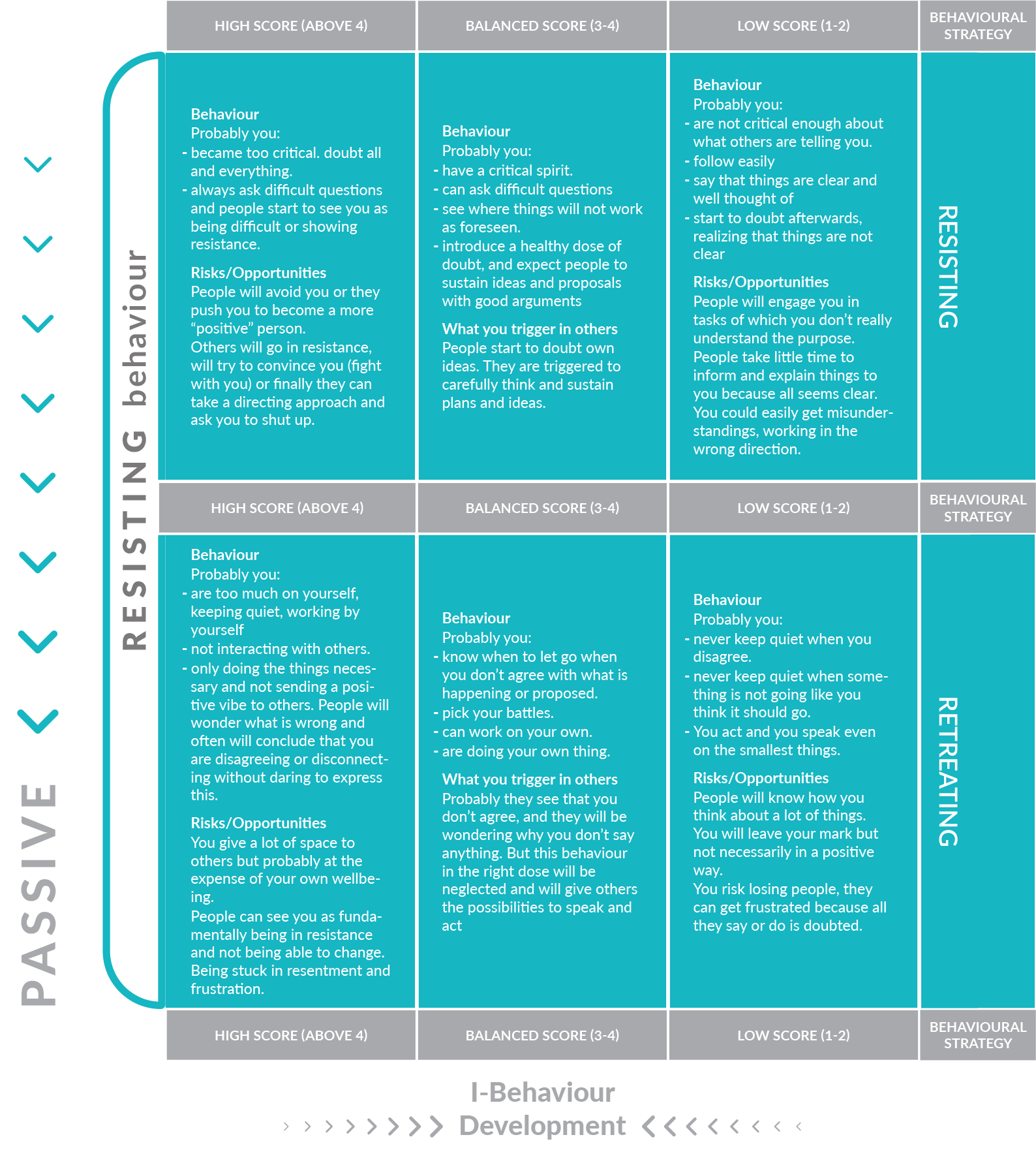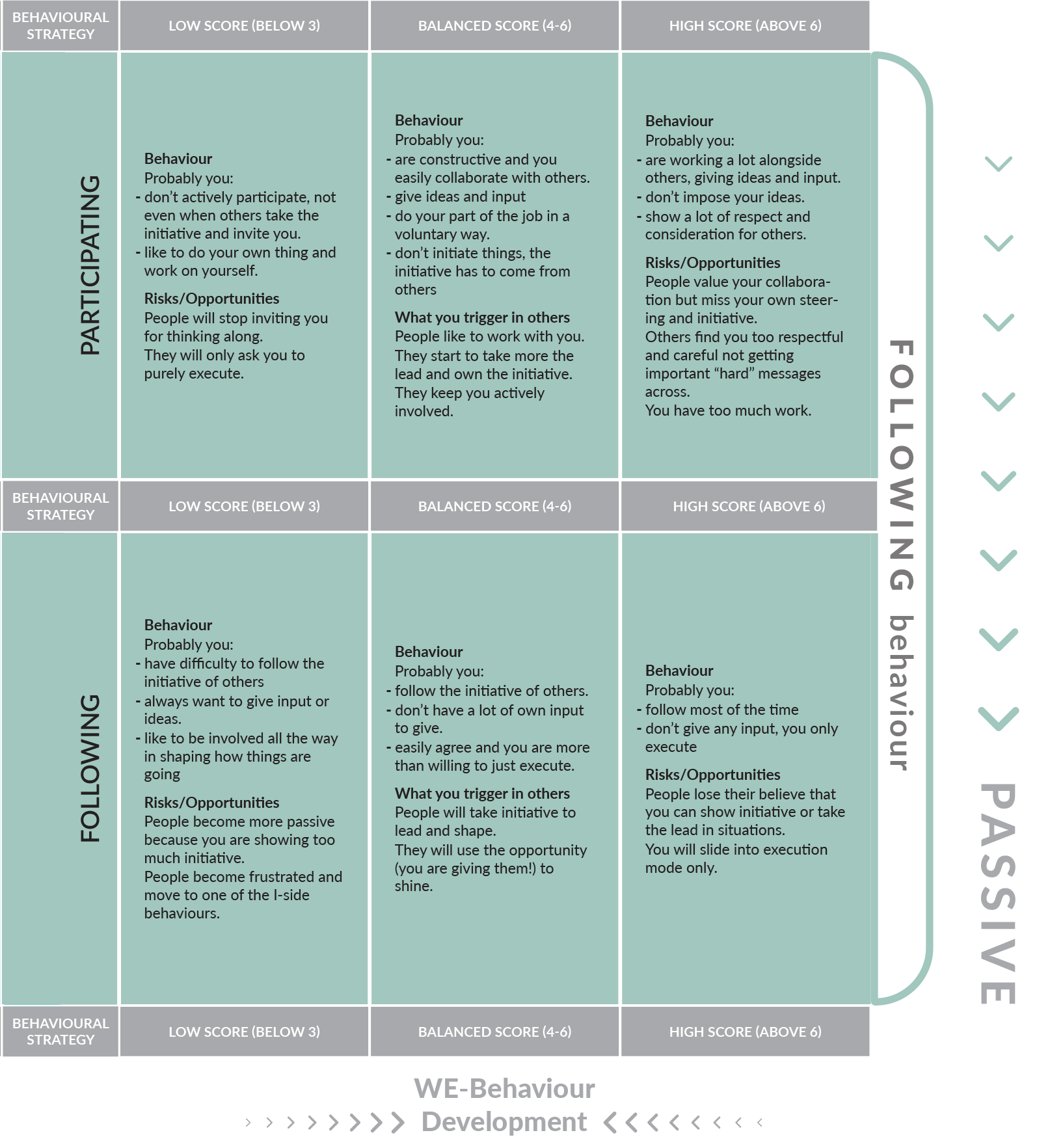The Mind Growing 360 feedback leadership Compass
Improve your leadership interaction - and communication skills in one strong take
Learn the leadership dance
Introduction
As I describe in my book, Mind Growing: Leadership is a dance; it is interaction.
And while the saying goes “it takes two to tango”, this is only partly true. The dance analogy is super relevant, though, because you as a leader needs to start and influence the dance with your behaviour! If you are dancing with someone and not making the right moves, the fun and the results die. People will get irritated, and at some point, you will lose your dancing partner. However, if you are willing to look at the way you’re dancing, to reflect upon it, learn some new passes, and practice…then dancing becomes more and more fun. You’ll have all the dancing partners you want. And of course, the dance itself becomes easier, more fun, and beautiful to watch if all dancing partners put in the same effort.
So, interaction is a dance and it can make or break you!
The 360 feedback Leadership Compass is based on the famous concept of Timothy Leary, Leary’s Rose. During my 30 years of experience, I’ve developed my own approach to presenting and using it.
In Chapters Ten and Eleven of my book, Mind Growing: Leadership To Build Thriving Companies Through Personal Development, you can find an in-depth description of the tool as well as practical examples and tips that will help you apply it.
What this tool will bring you!
This 360° feedback tool collects feedback about how you are “dancing” at this moment, and what could help you become a “star dancer”! And it is doing more than that! It also collects feedback from others about the mindset, the beliefs that seems to drive your dance! This is very different from other tools and super effective. It is very unlikely that your dance will change without a critical reflection about your beliefs and mindset.
Concerning your behaviour It will give you feedback and insight into the following elements:
Active-Passive: How active/dominant are you during interactions?
I-WE: Are you mainly defending your own interests and beliefs or are you also showing your interest in a win-win outcome?
Using these 2 elements or dimensions you can shape your leadership dance and influence the behaviour of others!
How? Because these two dimensions contain predictabilities which are laws, namely
Active behaviour triggers passive behaviourSo, if you behave in a very active/leading way you risk to make others passive! If you show a more passive/following behaviour, you will make others active and they will lead you!
I behaviour triggers I behaviour and We triggers WeIf you are always defending your own interest and ideas without actively listening to others (= I-behaviour) then they will do the same! However, if you actively listen to and take into account the perspective of others (= We-behaviour) then they will follow your example coming to a win-win type of collaboration.
And please don’t forget: behaviour is contextual.In some settings you will be more active and others more passive. In some you will show We-behaviour, in others I-behaviours. However, most people build patterns often using some type of behaviour too much and others too little. And then it becomes interesting to discover your own patterns, to decide if you want/need to change them and to start working on them!
These 2 dimensions combined form the leadership compass containing 4 main colours (representing the 4 groups of behaviour) and 8 behavioural strategies that shape an interaction. They are all represented in the graph below. It will be your schematic to become a high performing leader.
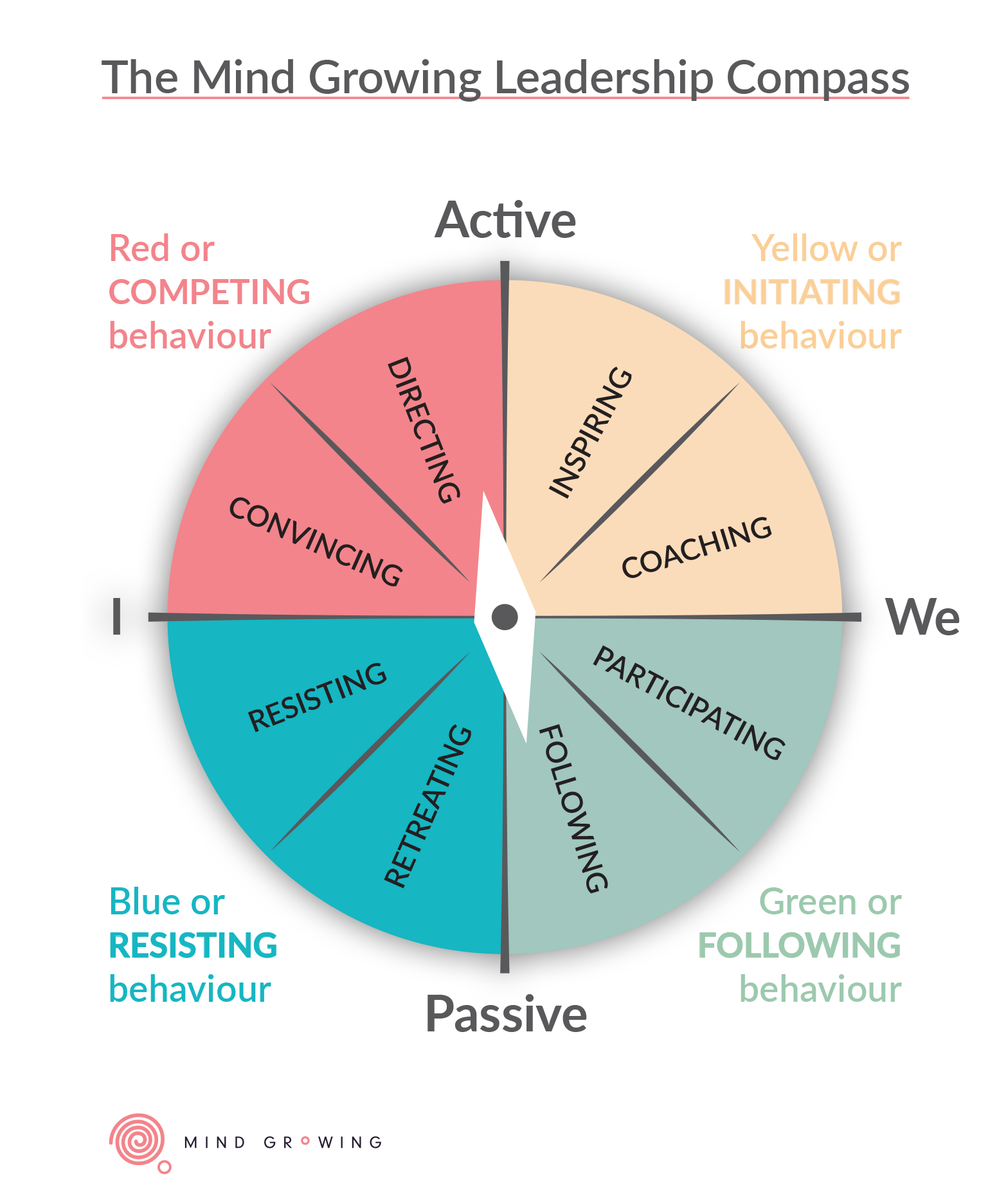
The leadership compass unfolded, your roadmap to the most effective leadership dance possible
The table below explains more in detail how behaviour triggers behaviour and this in relation to the results you will get from doing the 360 Leadership feedback!
This table describes four different ranges of scores on each of the 8 dimensions:
-
The behaviour you probably are showing and which behaviour it triggers amongst other people
-
For the high and the low scores: what are the possible risks and opportunities of the behaviour associated with this score.
Finding your development path
If you consider the behaviour described in the column “balanced score” as most effective then the table is your compass indicating where you are now and giving you tips on which behaviour to develop in order to develop yourself as a leader and a as a person.
Disclaimer
Here as well as in the table we use al lot the words “possible, people might see you as etc”. This for good reasons! The table is an indication, a projection! It is meant as a tool to guide your self-reflection. Please don’t see it as the “truth”. Behaviour is contextual and can change in divers situations and over time. We highly recommend you to discuss your results with one or more trusted people in order to check and to get more advice and insights. This will really help you in your development!!
A final word about the risks and the opportunities mentioned in the table. Some are really opportunities; some are only risks. Some can be both! For example: You tend to make people more passive and following, depending on what you want. This is a risk or an opportunity. Sometimes you need people to interact and to speak their mind. Sometimes you want them to listen and to follow.
We wish you all the best and a boost in your personal and professional development!
The Compass unfolded: Your leadership development roadmap
Please click on the table below to enlarge the text!
